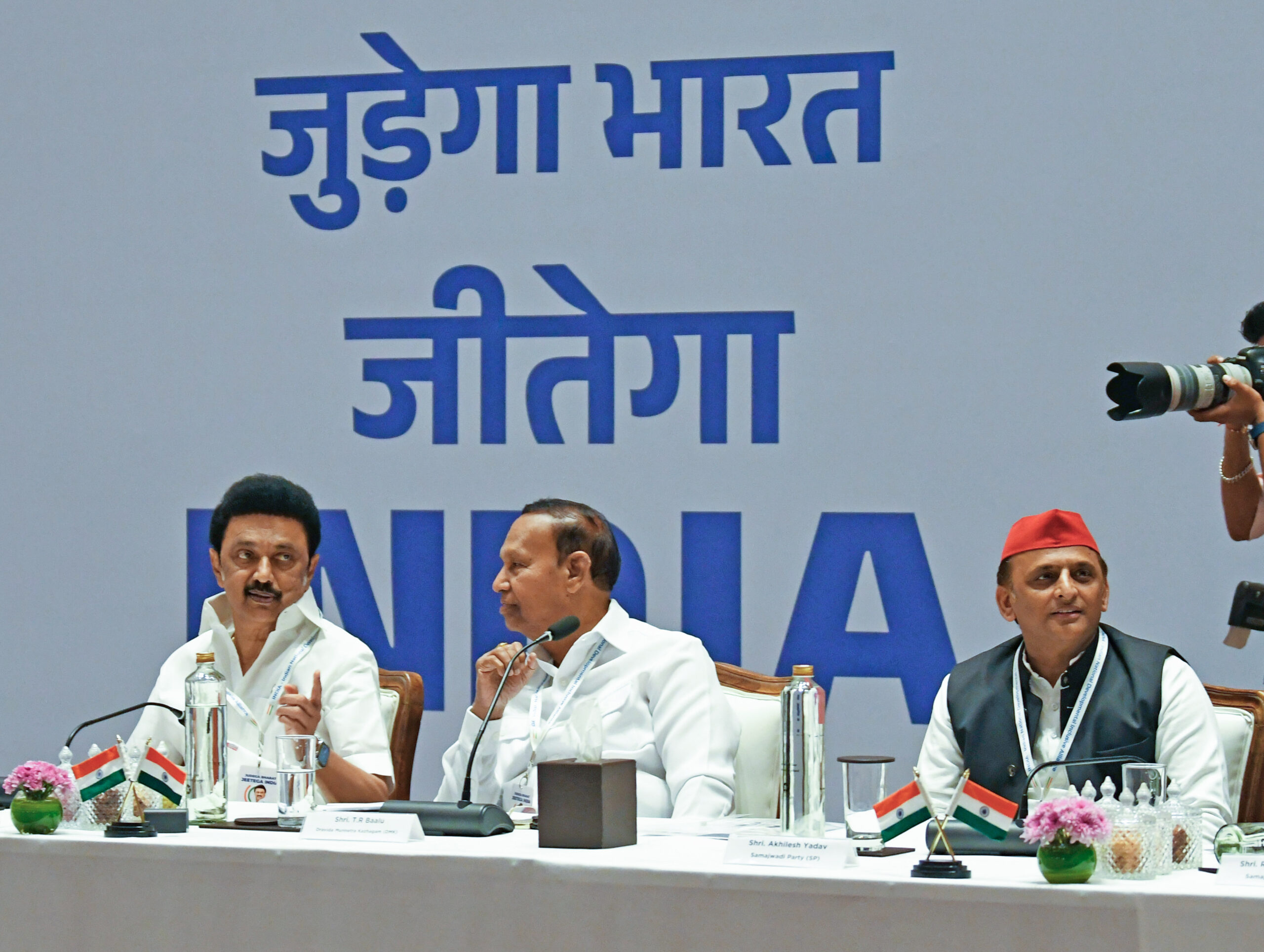


One can easily observe that strategists of electoral politics, working with opposition parties and a section of the media, appear highly optimistic about the electoral gains resulting from the revival of OBC caste politics through recent caste census debates.
Opposition political parties are centering many of their strategies and plans around this resurgence of OBC caste politics. The Congress, a nucleus of the anti-BJP opposition politics in India, anticipates significant electoral gains from it in the upcoming state assembly elections in five states, as well as in the 2024 parliamentary election. A segment of politicians, opinion makers, and the media are branding it as Mandal-2. However, even if it evolves into Mandal-2, the question remains: will it wield the same political influence as it did in the 1980s when then-Prime Minister Vishwanath Pratap Singh implemented the Mandal Commission’s report, providing 27 percent reservation in government jobs for OBC communities?
From my political perspective, I don’t foresee its effectiveness being comparable to the ‘Mandal 1’ politics of the 1990s, which is often regarded as the era of Mandal 1 politics. It’s evident that caste census politics did not generate as significant a social reaction as Mandal 1 did during the announcement of its implementation. As we know, any strong reaction in favor of or against state policies ultimately leads to political polarization. In the case of the discourse generated by the caste census report, it failed to produce either overwhelming assertive approval or significant protesting and dissenting reactions from the upper caste and other sections of society.
Secondly, the social landscape of the 1990s, when the Mandal Commission report was implemented, has undergone significant change. It is interesting to observe that just after the implementation of the Mandal Commission report, the New Liberal Economy was introduced in India. Due to the introduction of the New Liberal Economy, a new shift in the social setting in India emerged.
The rise and growth of cyberspace, expansion of the market, and the production of new possibilities of livelihood brought about significant changes among Indian people. A new desire and aspiration for a better life emerged among oppressed sections, such as backward, Dalits, marginals, and women. This transformation is often referred to as the ‘making of the new aspirational India’ by some media and political analysts.
This new aspirational India is slowly working to divert people’s attention from identity-based symbolic politics to the politics of substantial gain. The desire for substantial gain within a state-led democracy gradually diluted the influence of leaders and political parties engaged in caste-based mobilization. I see this shift as a major change in society that may neutralize the impact of any assertive caste politics in India. I want to emphasize that I’m not ignoring the role of caste in electoral mobilization. It will certainly continue but in various indirect forms that may not appear as an electoral agenda.
The Bhartiya Janata Party (BJP), under the leadership of PM Narendra Modi, has dramatically reshaped the forms and contents of Backward and Dalit mobilizations in India. First and foremost, PM Narendra Modi-led BJP has provided significant representation to the backward and marginalized communities in the cabinet ministry and governance. He has assembled a team of visionary OBC (Other Backward Classes) ministers who have given a fresh identity to the BJP in the current era. However, the OBC representation in Modi’s team, featuring figures like Amit Shah, Dharmendra Pradhan, Bhupendra Yadav, and many others, is distinct from the OBC leaders in other parts of India such as Akhilesh Yadav and Tejaswi Yadav.
This distinction can be seen in three key ways: firstly, this group hails from various linguistic states in India; secondly, they are perceived as being born into OBC communities but are seen as developmentalist leaders; thirdly, they have gained acceptance across the entire society (sarv samaj). In contrast, the OBC politics of the opposition mainly revolves around Hindi-speaking regions, and their leaders are primarily recognized for their caste-based politics. They have not yet expanded their influence to encompass the entire society.
Furthermore, the BJP, through its various policies aimed at alleviating poverty, has cultivated a large group of beneficiaries. These beneficiaries, who predominantly come from Dalit and marginal EBC (Extreme Backward Classes) backgrounds, have emerged as a socio-political base for the BJP.
Caste census data doesn’t always lead to political homogeneity; instead, it can create multiple fragmentations. The argument of victimhood and relative disadvantage can result in the formation of various levels of social groups, some with advantages and others with disadvantages. Extreme backward communities may assert their comparatively disadvantaged condition in comparison to the numerically strong and dominant OBC castes, potentially leading to multiple fractures in OBC politics.
In summary, I’m reminded of Karl Marx’s famous statement: ‘History Repeats Itself, first as a Tragedy, Second as a Farce.’ We must wait and see what unfolds regarding the expectation of a revival of Mandal politics in India by certain political groups, whether it will be viewed as a tragedy or a farce.